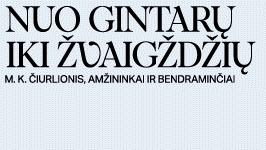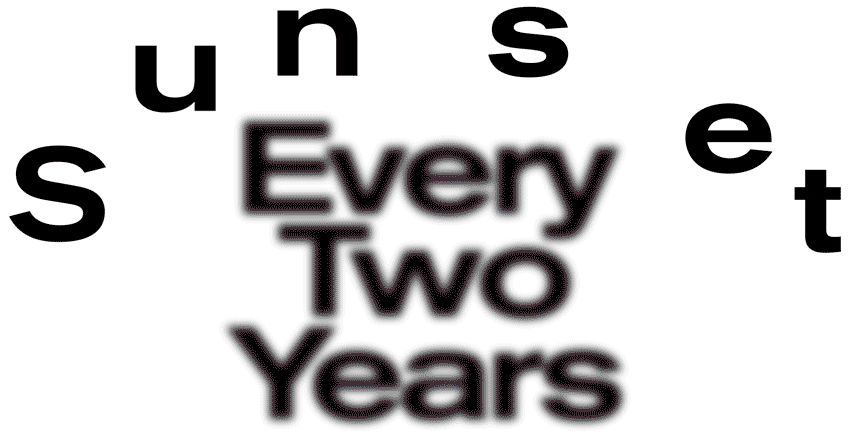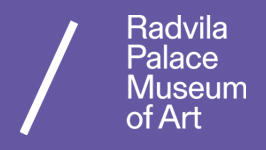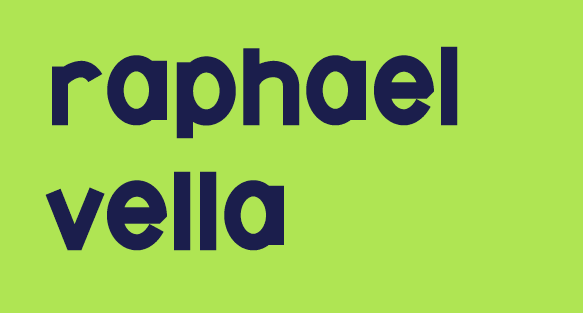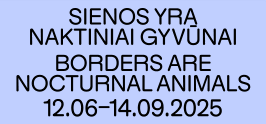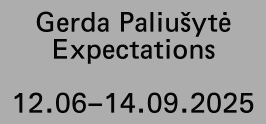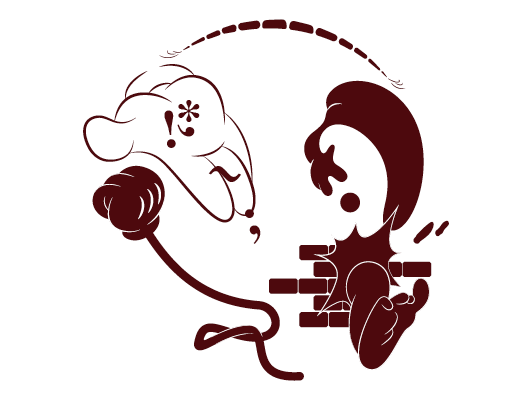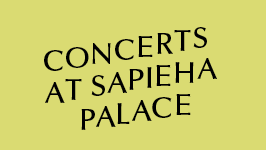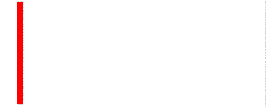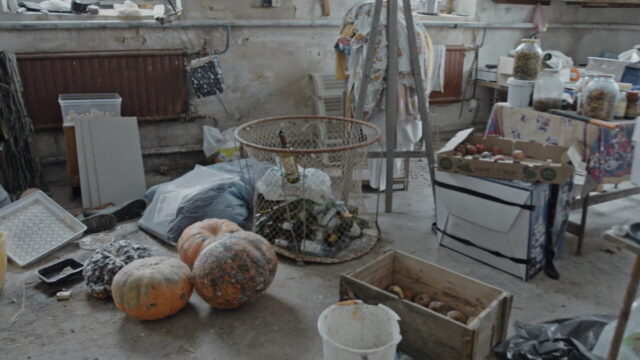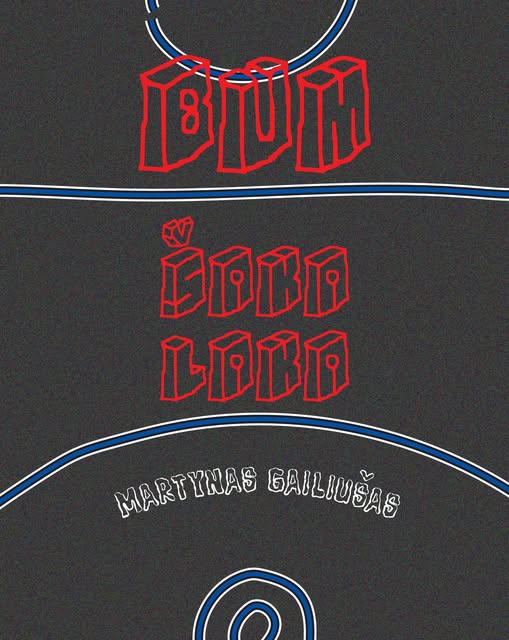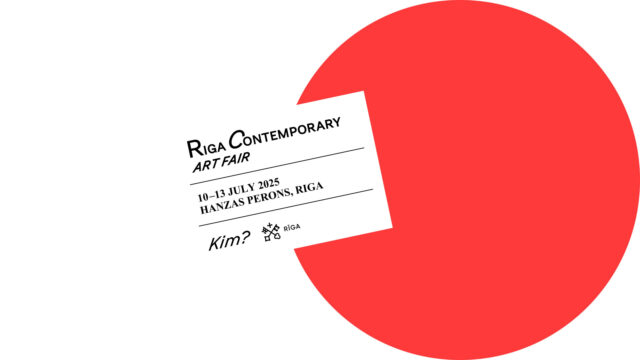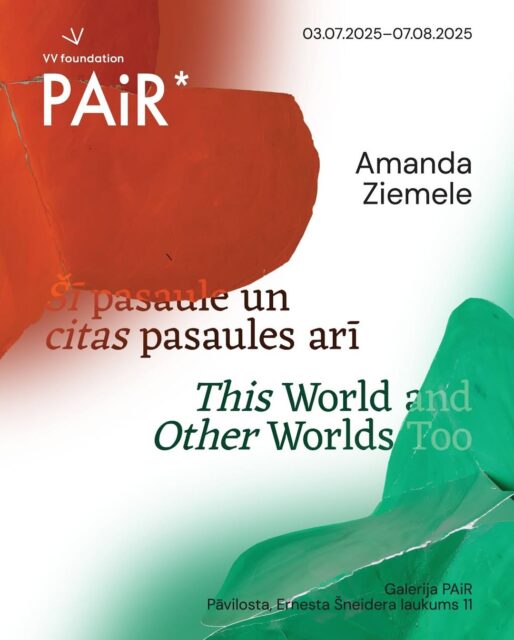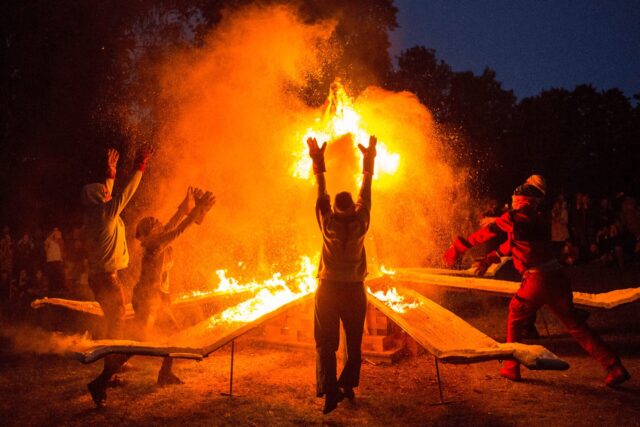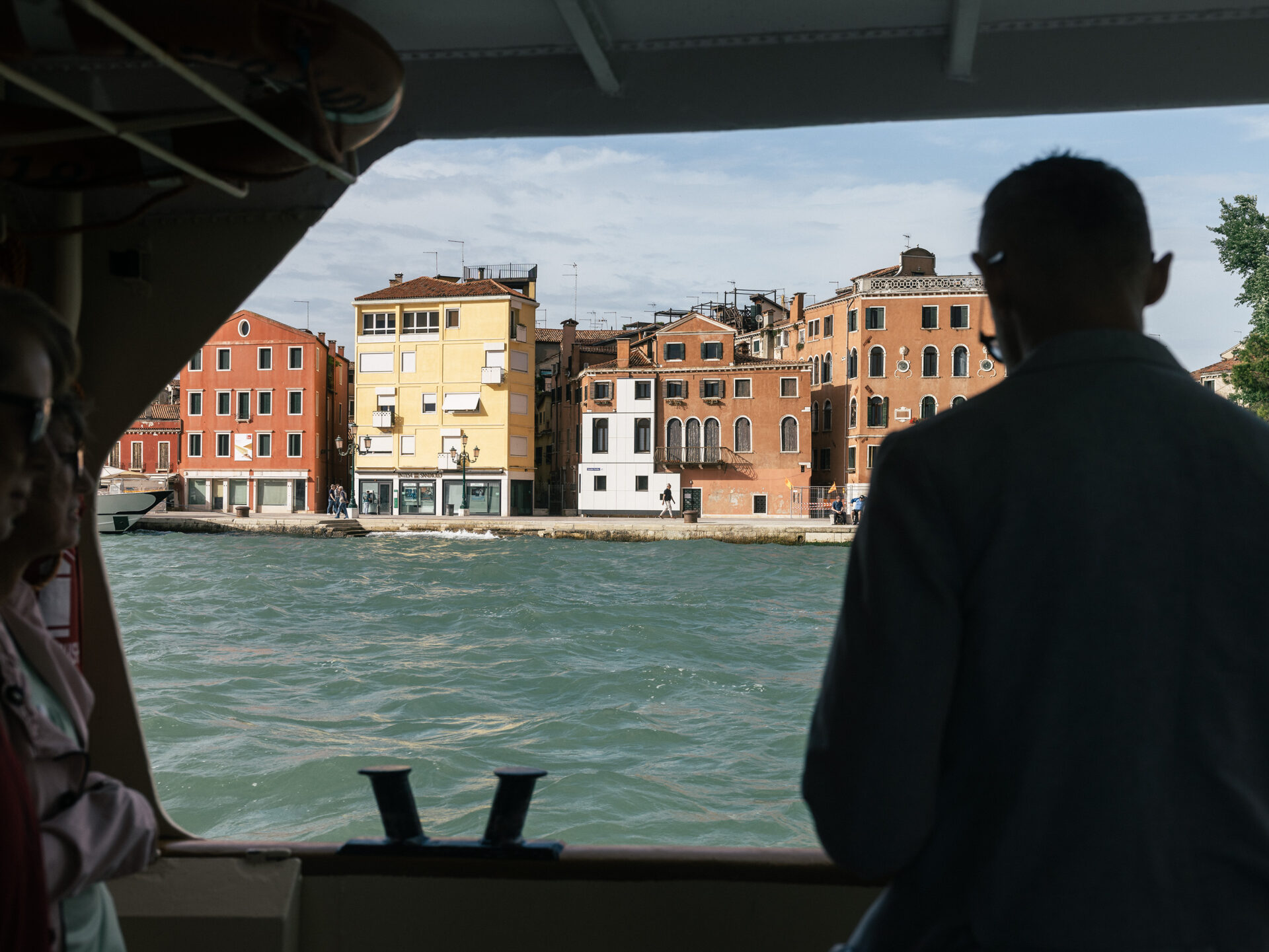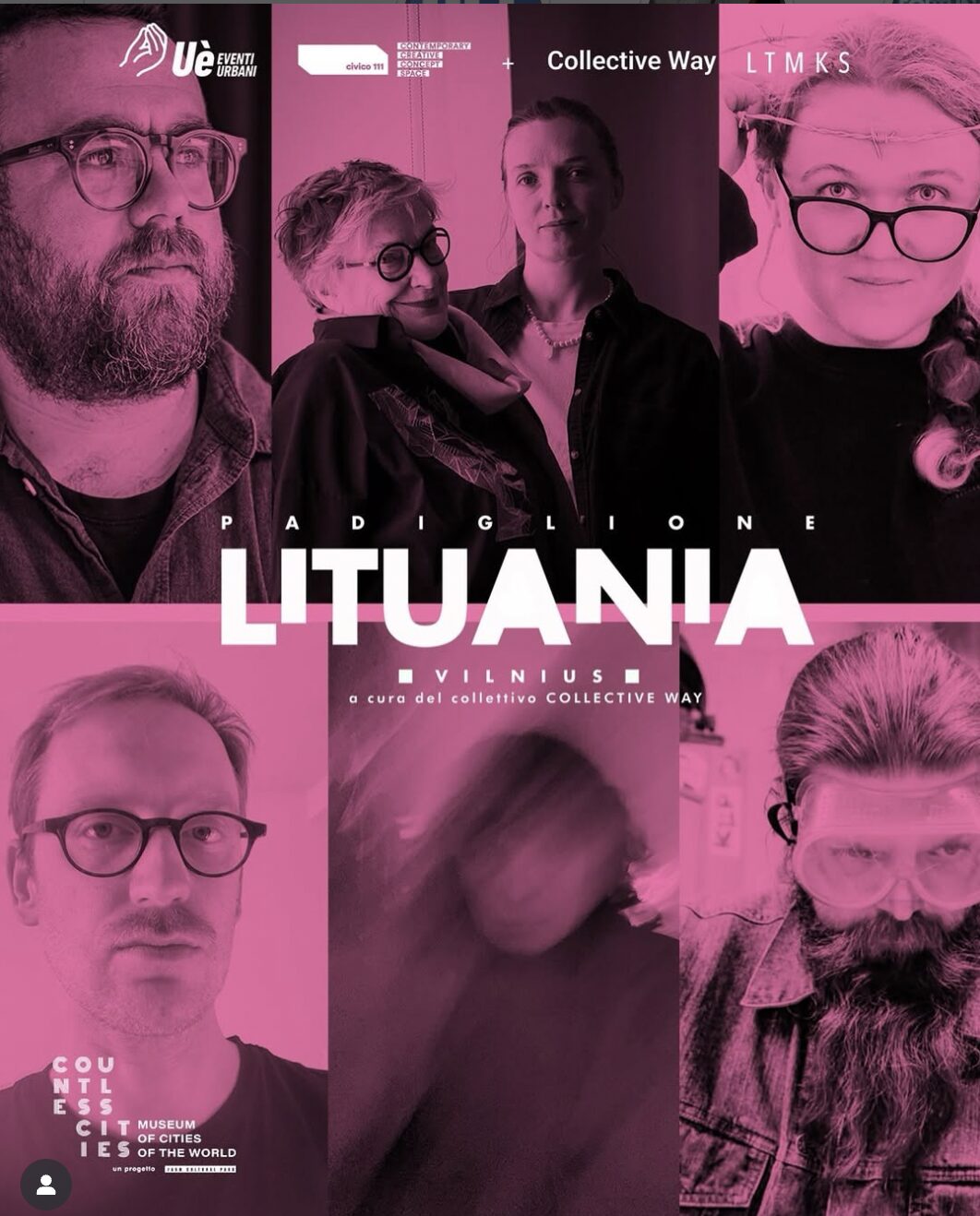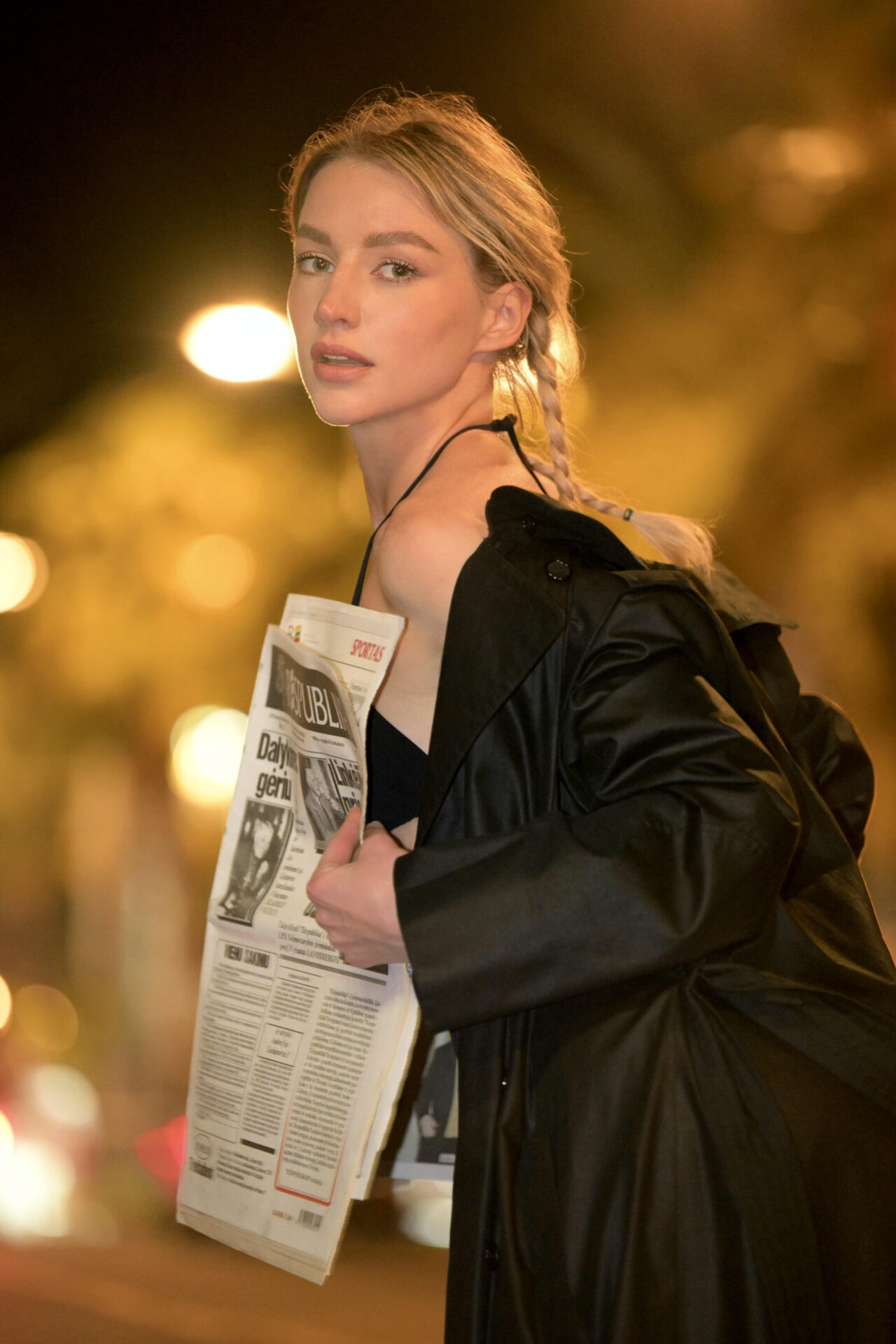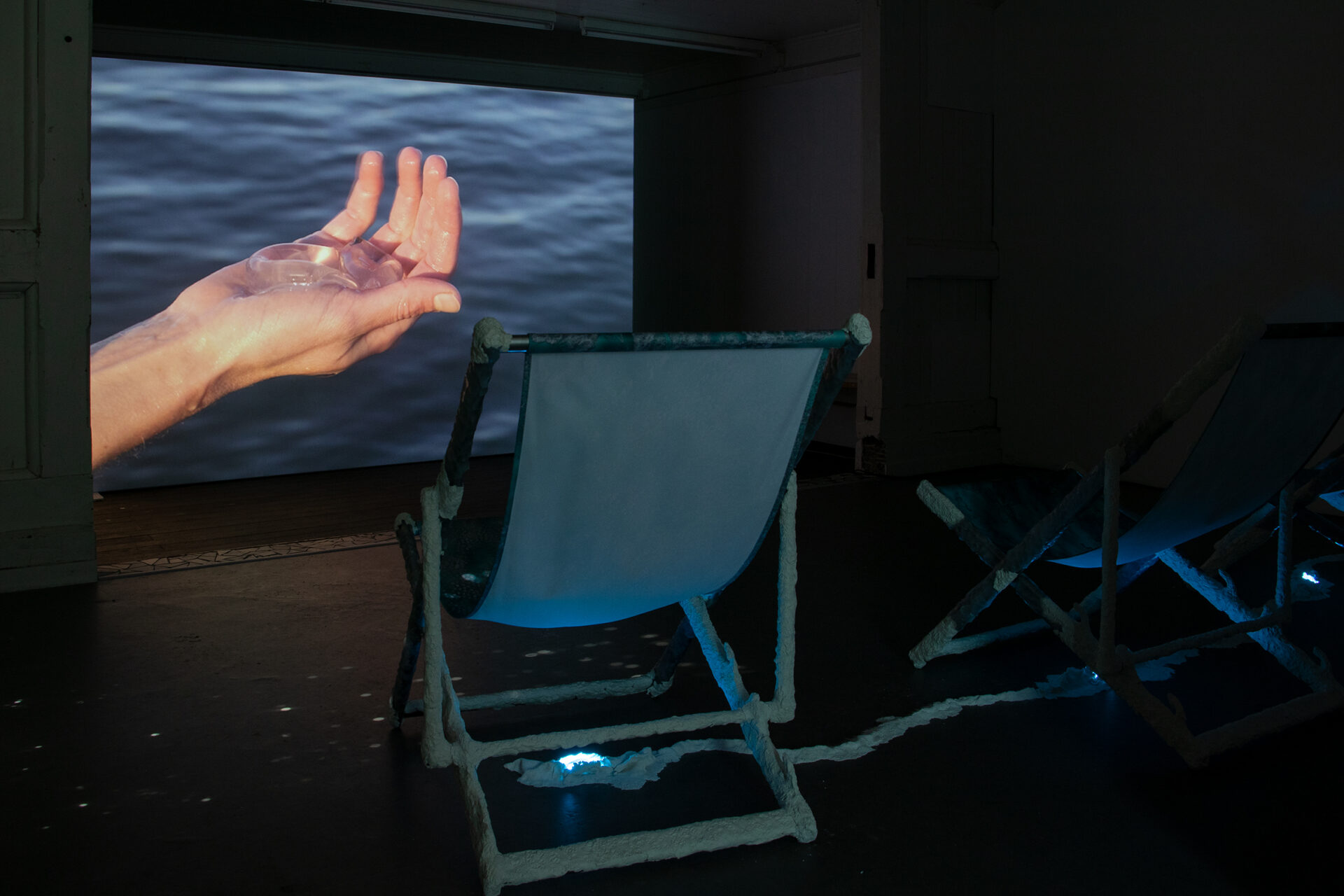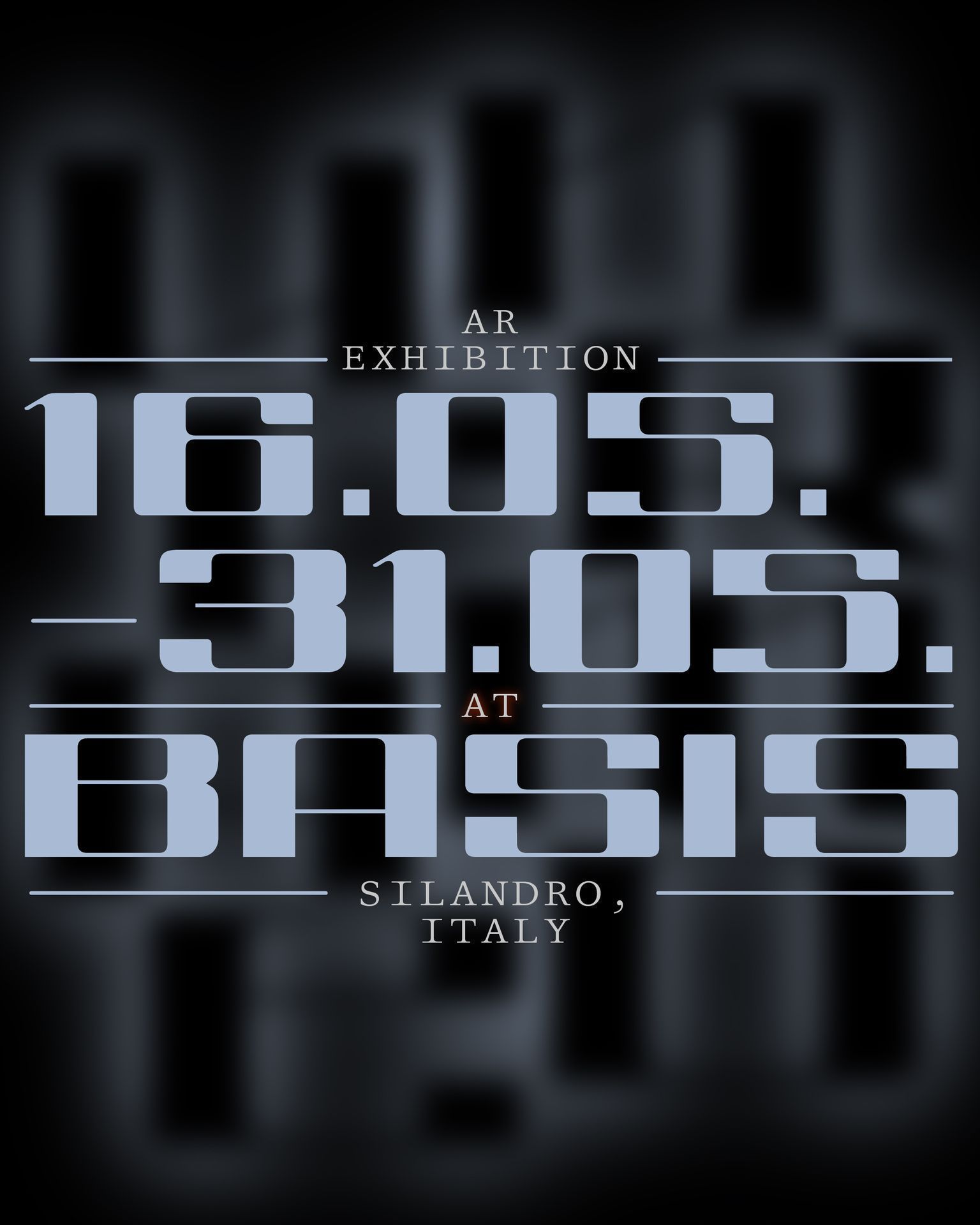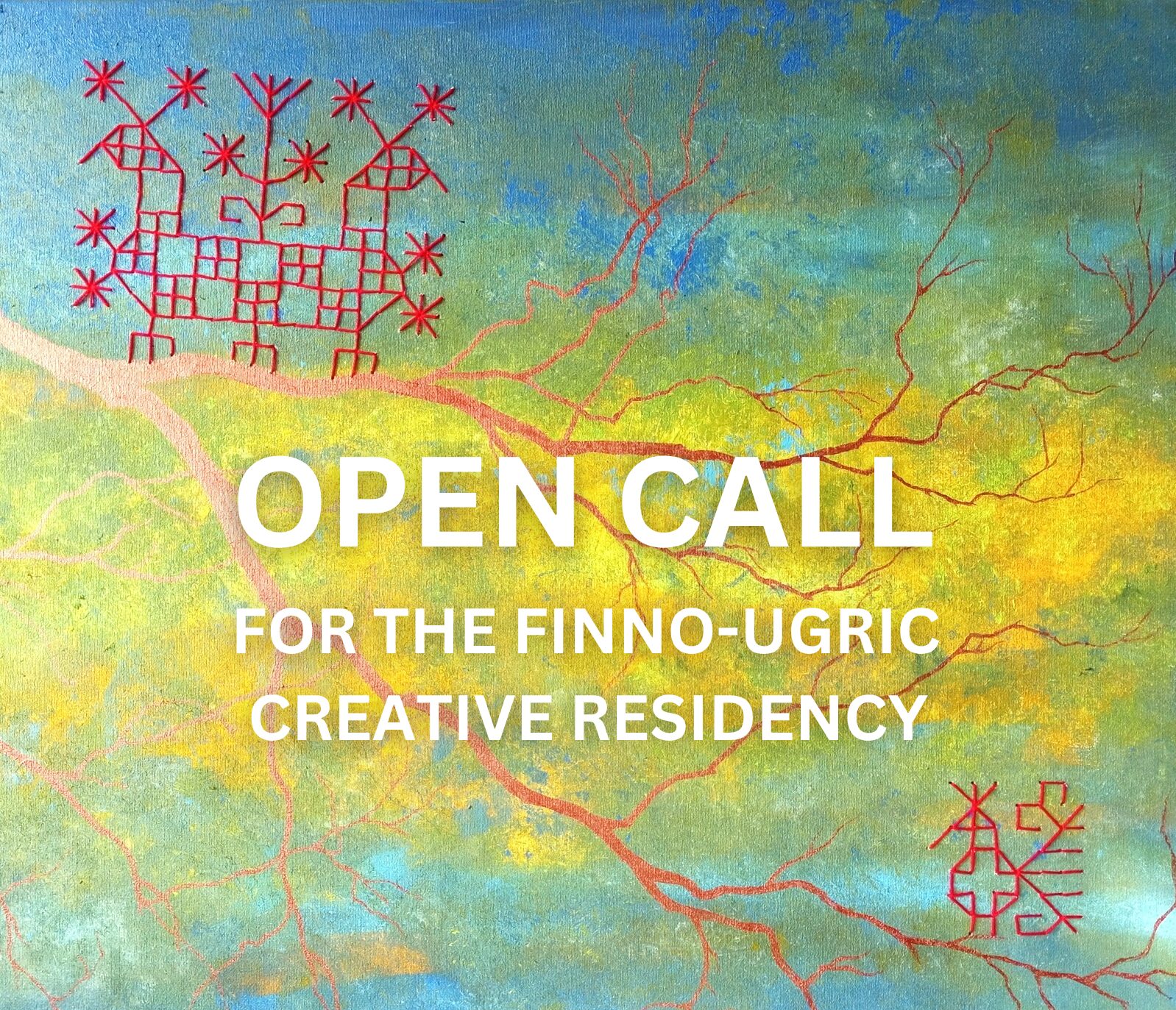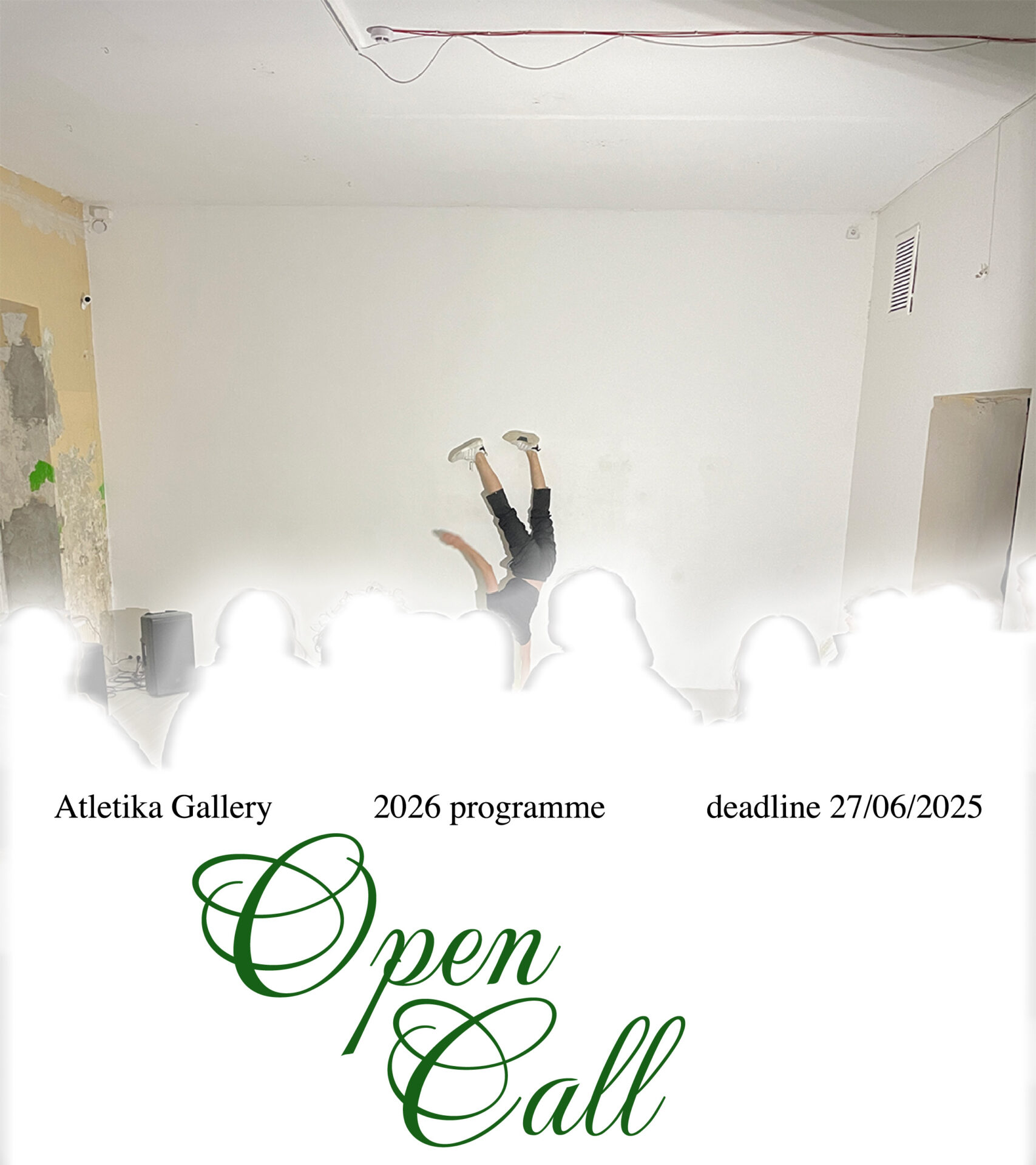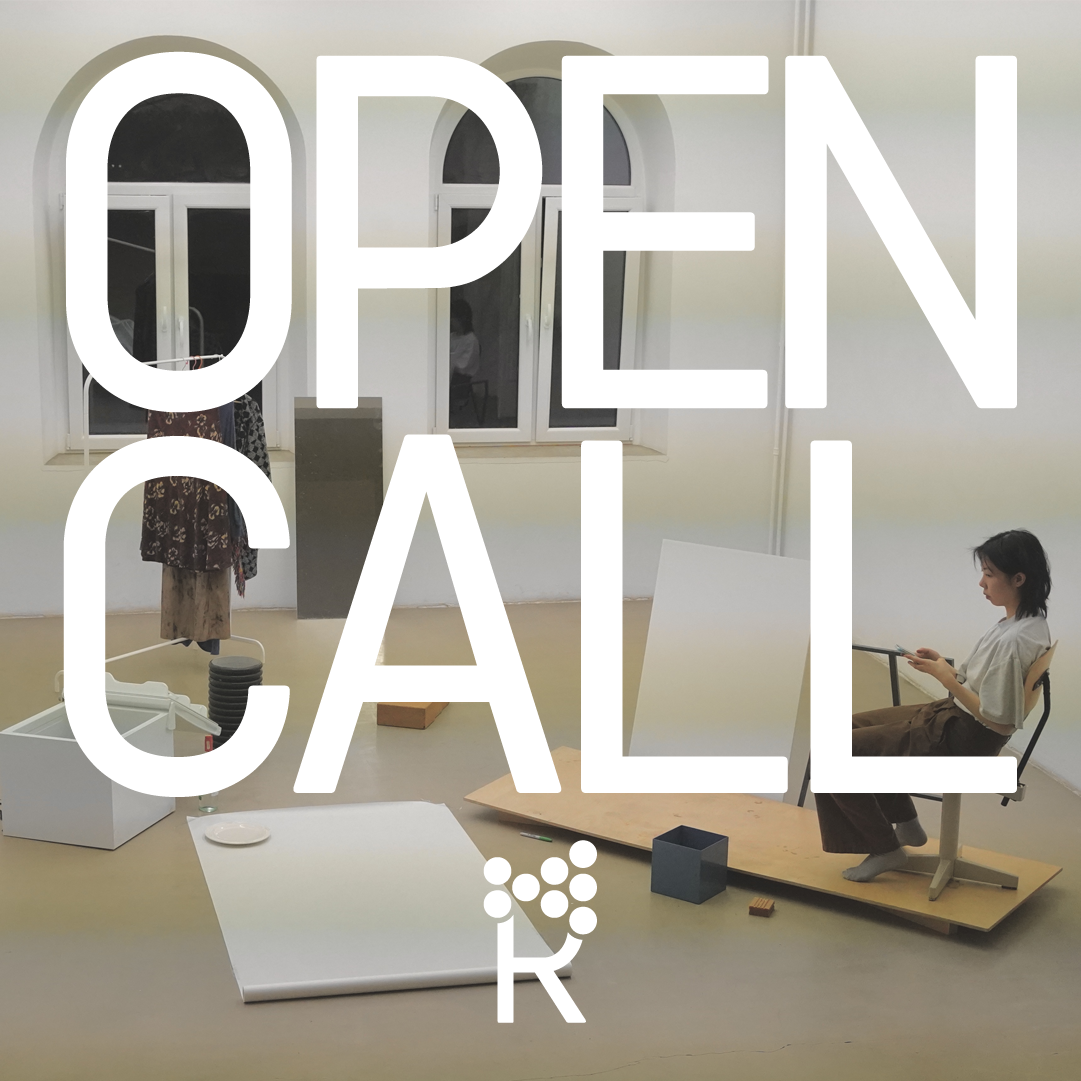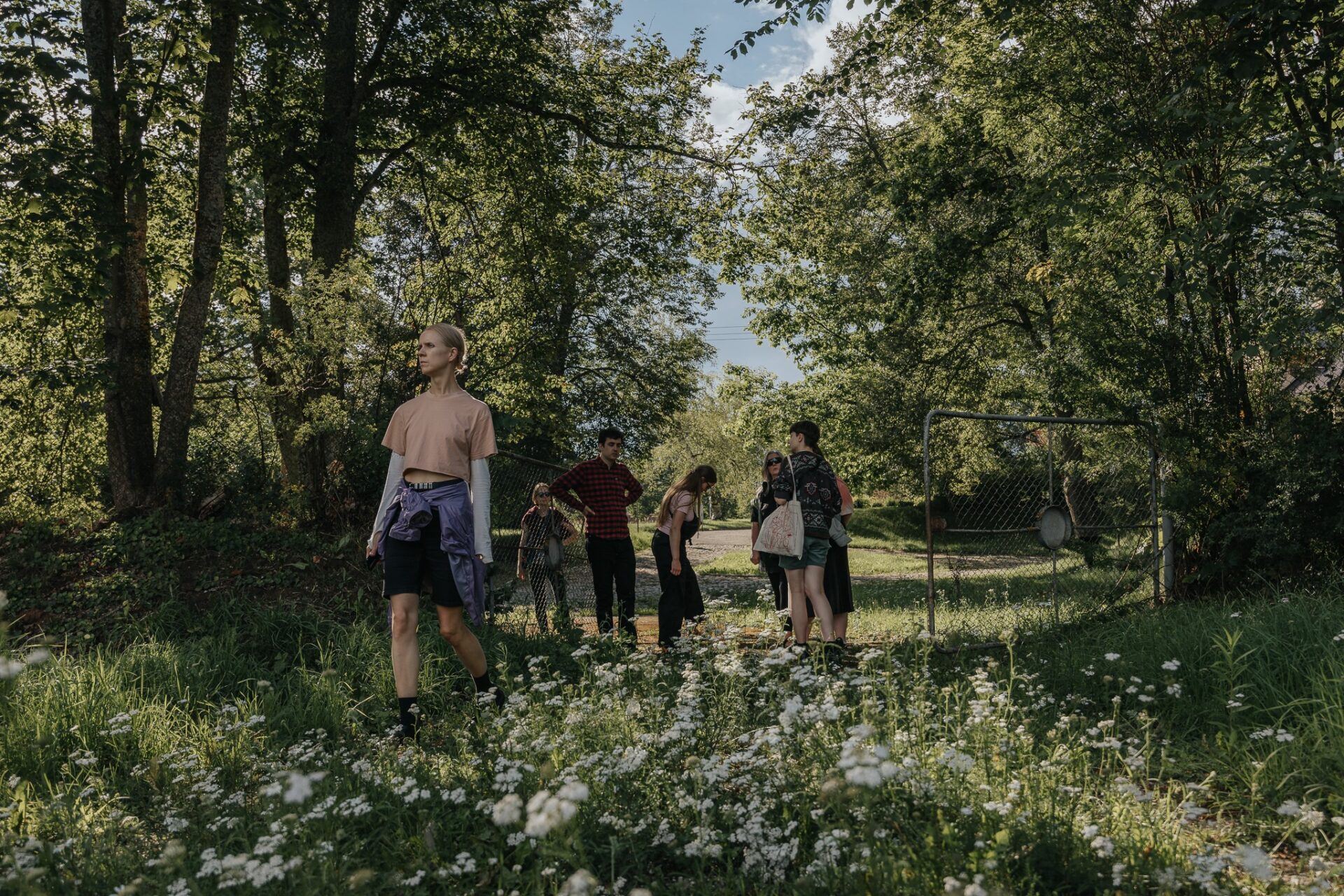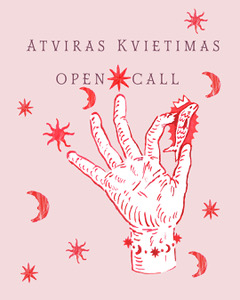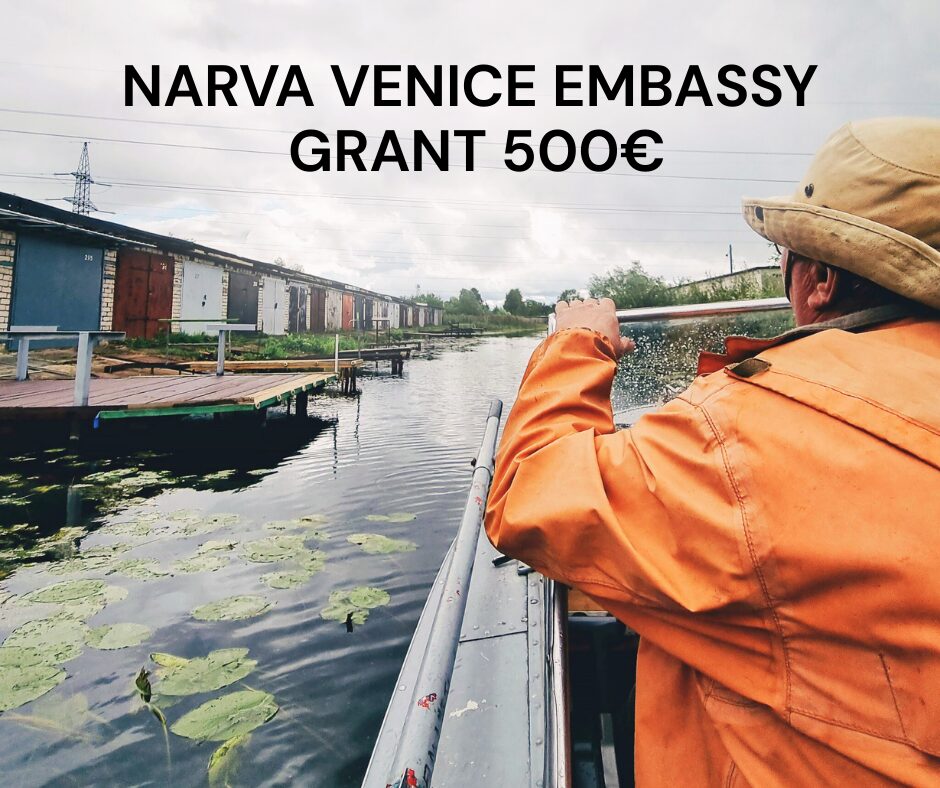The exhibition ‘Solid Light Blue’ by Rūta Šipalytė, Martynas Gailiušas, and Severija Inčirauskaitė-Kriaunevičienė at the ‘Salle Gilbert-Gaillard’ gallery runs until September 22nd and is part of the ‘Lithuanian Season in France 2024’ program. All three artists are lecturers at the Vilnius Academy of Arts.
How solid is our solidarity with those who have fallen prey to blatant violation of all moral norms and international laws, and have to give up their careers or lose their lives for the sake of defending their homeland? Can the world of sports, with its reputation of promoting diplomacy, chivalry and tolerance, make up for its shadow sides – often militant competitiveness and lack of resolve to go beyond cautious apolitical ambiguity when pressed by harsh reality? These questions beg to be asked when the pomp surrounding a grand international event like the Olympic Games, held this year in Paris just like 100 years ago, seems to be at odds with what is happening in the world.
The public rhetoric accompanying the event emphasises celebration, inspiration and being together. Yet nations of the world are far from being united today and have little to celebrate. Military invasions, annexations of territories and violence against civilians are the real games played at the moment. To ignore that is shortsighted at best. There are official resolutions that condemn aggression, sanctions and bans of national teams, to be fair, but in the end it may end up being limited to national emblems rather than actual athletes. While the decision to allow Russian and Belarusian athletes to compete in the Olympics with neutral status wearing uniforms of solid light blue or white colour may appear humanitarian, it has been met with understandable sensitivity and scepticism by many people living in the regions threatened by these countries’ warmongering and imperial ambitions, such as Central Eastern Europe and Lithuania in particular, not to mention Ukraine. Is there a way of being sure about these athletes’ actual beliefs and political stances, given the almost universal lack of public condemnation of Russia’s aggression within the country itself? Can there be competition without ideological undercurrents, no matter the neutrality of the flag and the uniform?
Unlike big sports, art can still be said to be much more free to voice inconvenient truths and unequivocal opinions. There are few things that have not lost their innocence in the eyes of artists, and competitive games are not one of them. Immense commercialisation is by far not the primary troubling aspect of present-day sports. Much more tainting is the lack of real sociopolitical awareness and critical self-reflection hiding behind the facade of the glorious mythology of sportsmanship. Light blue colour, instinctively associated with the peaceful sky, can come to stand for the exact opposite – lack of peace and safety even in seemingly most civilised and liberty-loving places. In the exhibition ‘Solid Light Blue’, Lithuanian artists Rūta Šipalytė, Severija Inčirauskaitė-Kriaunevičienė and Martynas Gailiušas working with diverse media do the hard job for the world of big sports itself. Their works subtly yet poignantly uncover its paradoxes, blind spots and dark sides, presenting a perspective that may not be evident for those living further away from existential threat.
Each in their own unique way, but weaving a net of interconnections, material resonances and conceptual passes, the artists bring up questions that have long been obscured by the blinding floodlights of peace, unity and celebration. When professional athletes have to take up guns and go to the frontline to win back their land, who will be left to compete for symbolic trophies? How is the token of elevated and heroic competition, the Olympic torch, latently related to the extraction of natural resources that is used to sponsor the war machine? What gods are glorified in the Olympic shrines of newly built majestic stadiums? How fragile is the Olympic Truce? When do balls turn into bombs and shells, and trainers into soldier boots trampling on foreign territory? What vegetation will grow on the soil contaminated by rusted debris of military equipment and landmines, and what games will children play on it? Above all, who makes the rules of the game today, and who will determine the meaning that colours will have for the generations to come?
Text by Jurij Dobriakov (Writer, curator, president of AICA Lithuania
Architecture by Martynas Gailiušas
Graphic design by Sigitas Gužauskas
This proposal is part of the FITE – Biennale Textile 2024-2025 PLAY co-organised by HS_Projets, the Bargoin and Roger-Quilliot Art Museums of Clermont Auvergne Métropole and the City of Clermont-Ferrand.
This exhibition is supported by the Cultural Olympiads and the Lithuanian Season in France.
Photography: Rūta Šipalytė






















